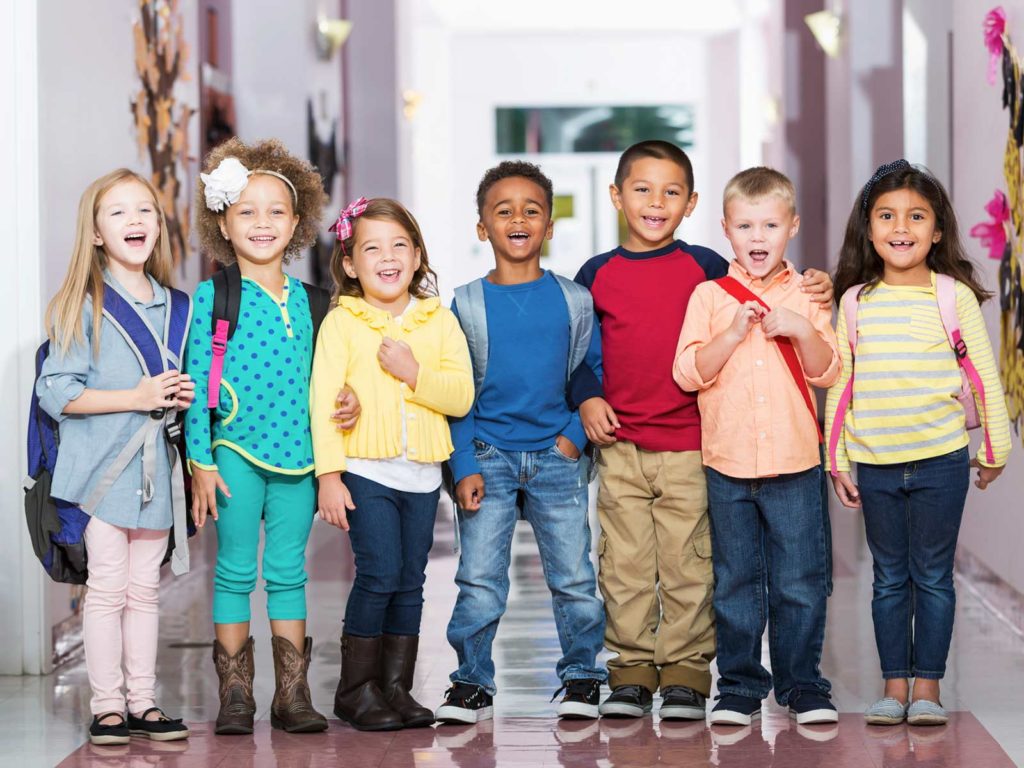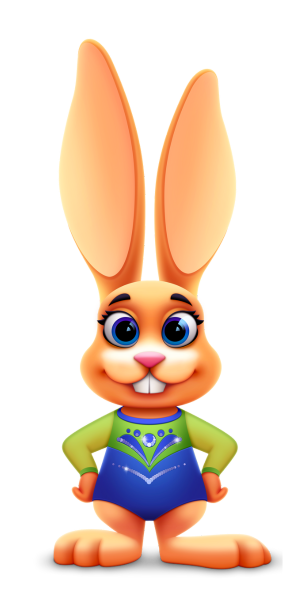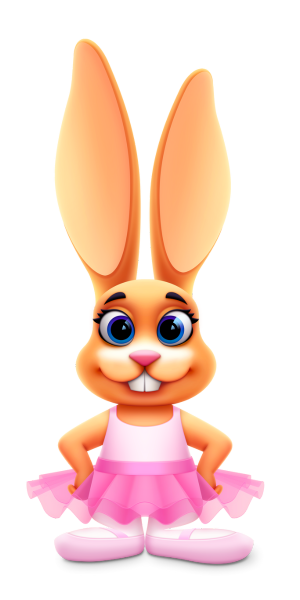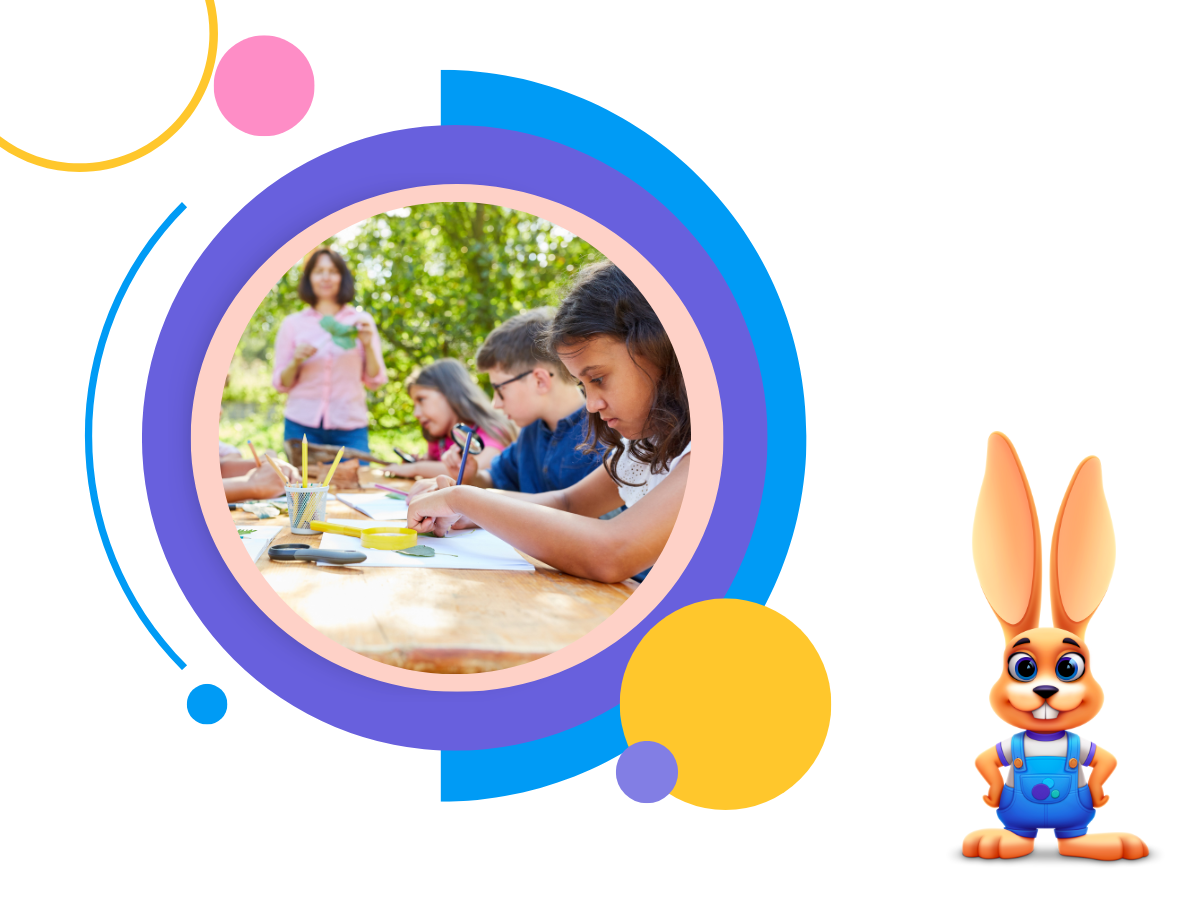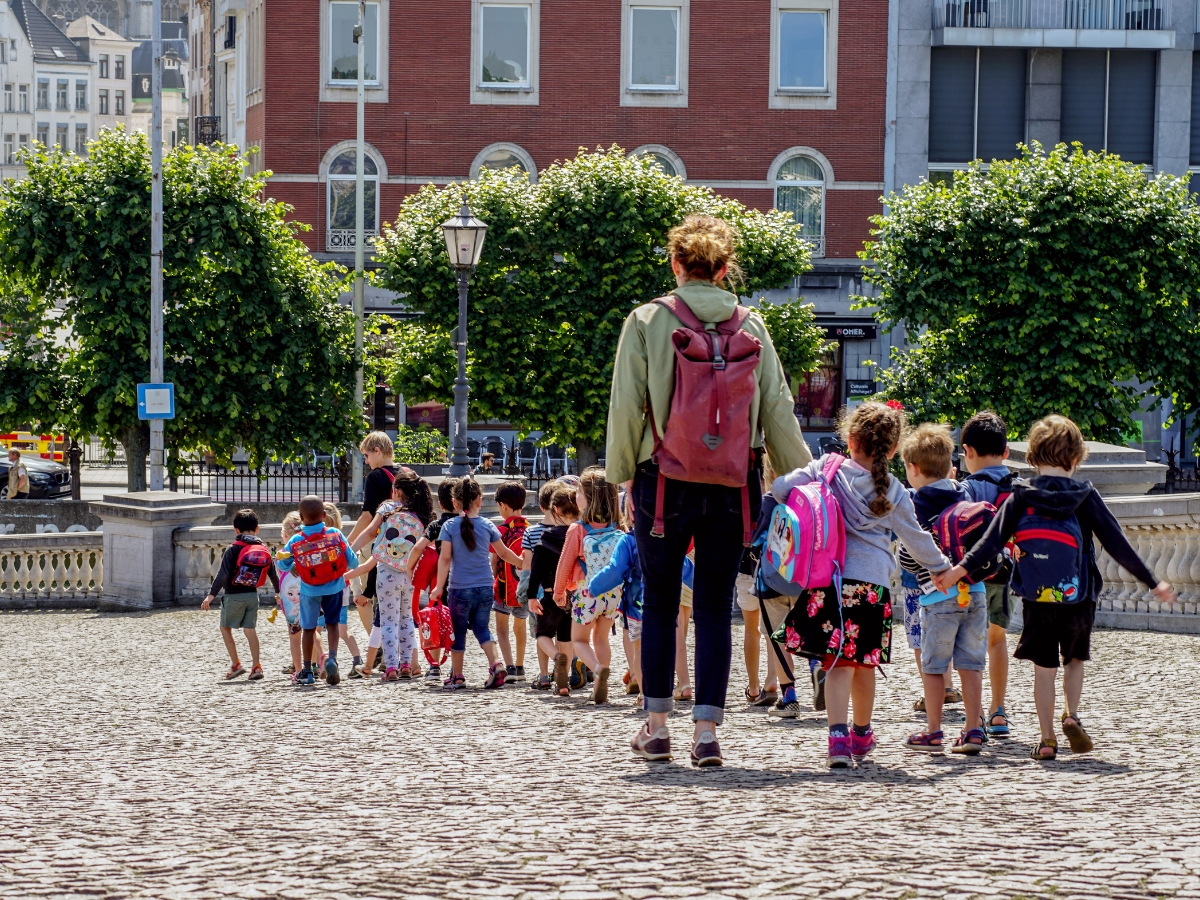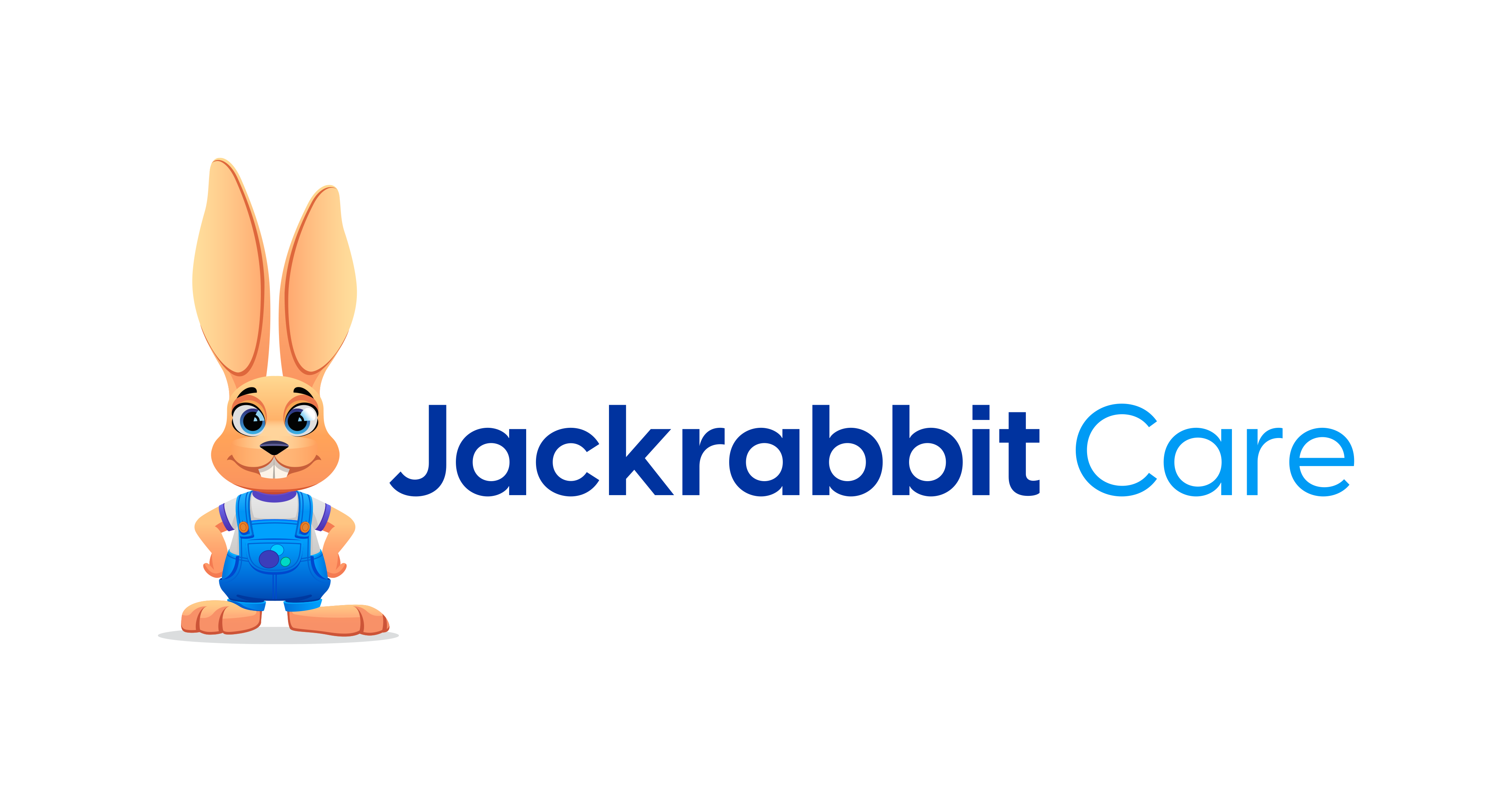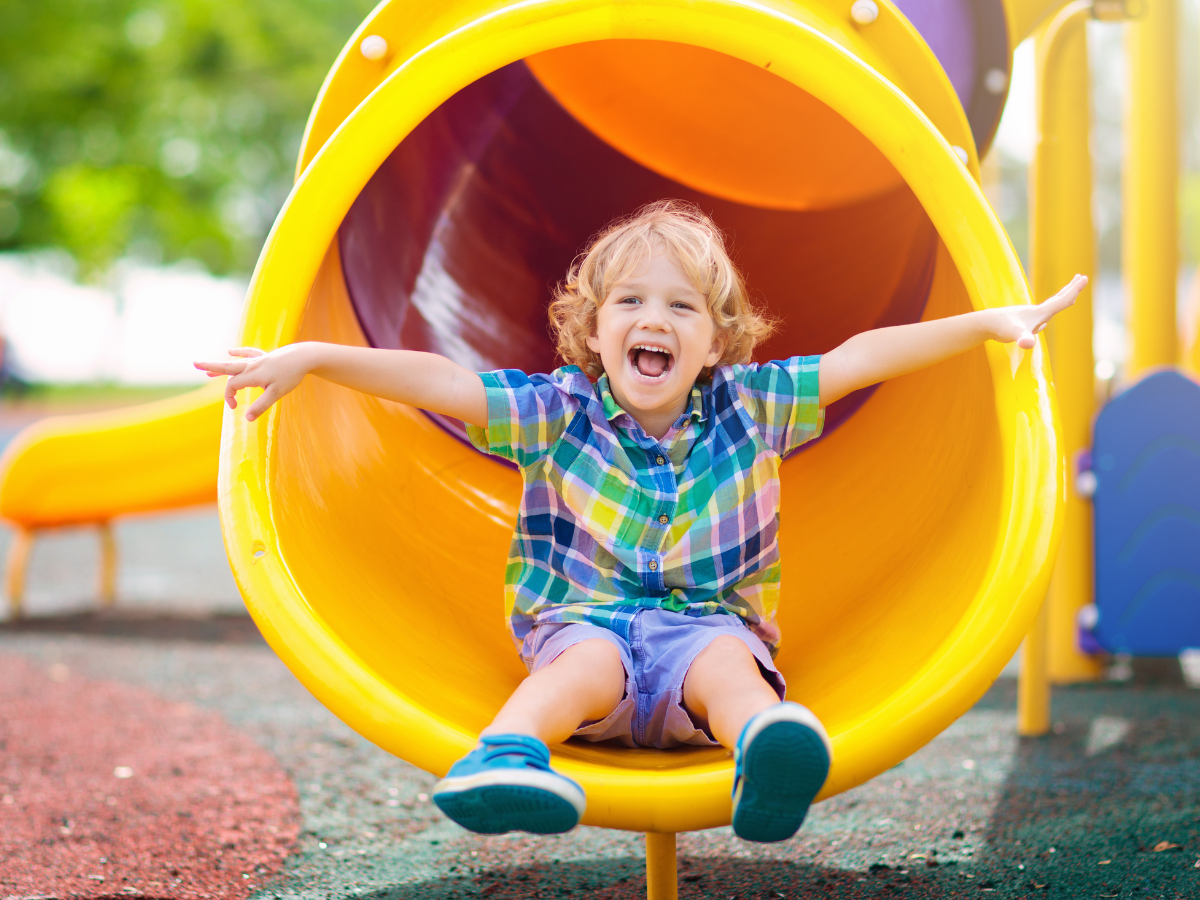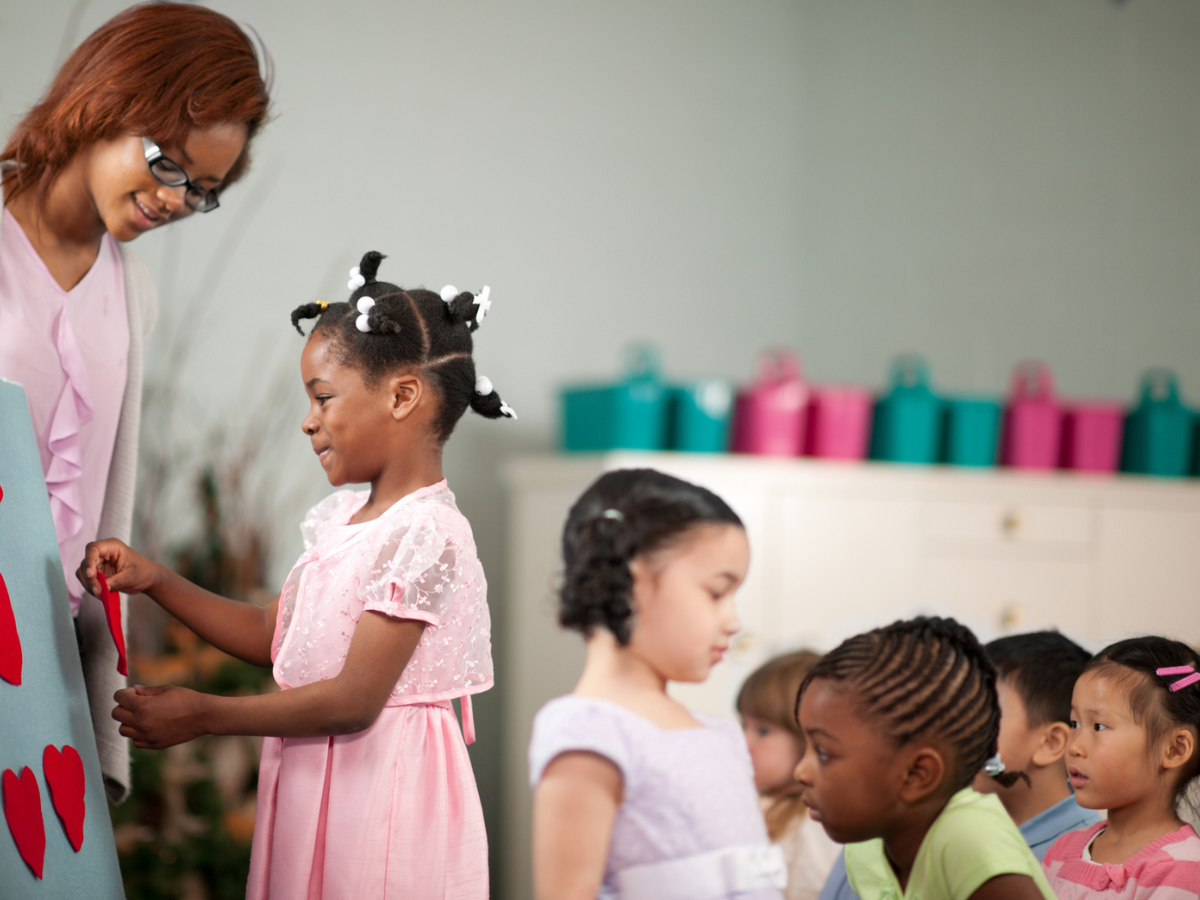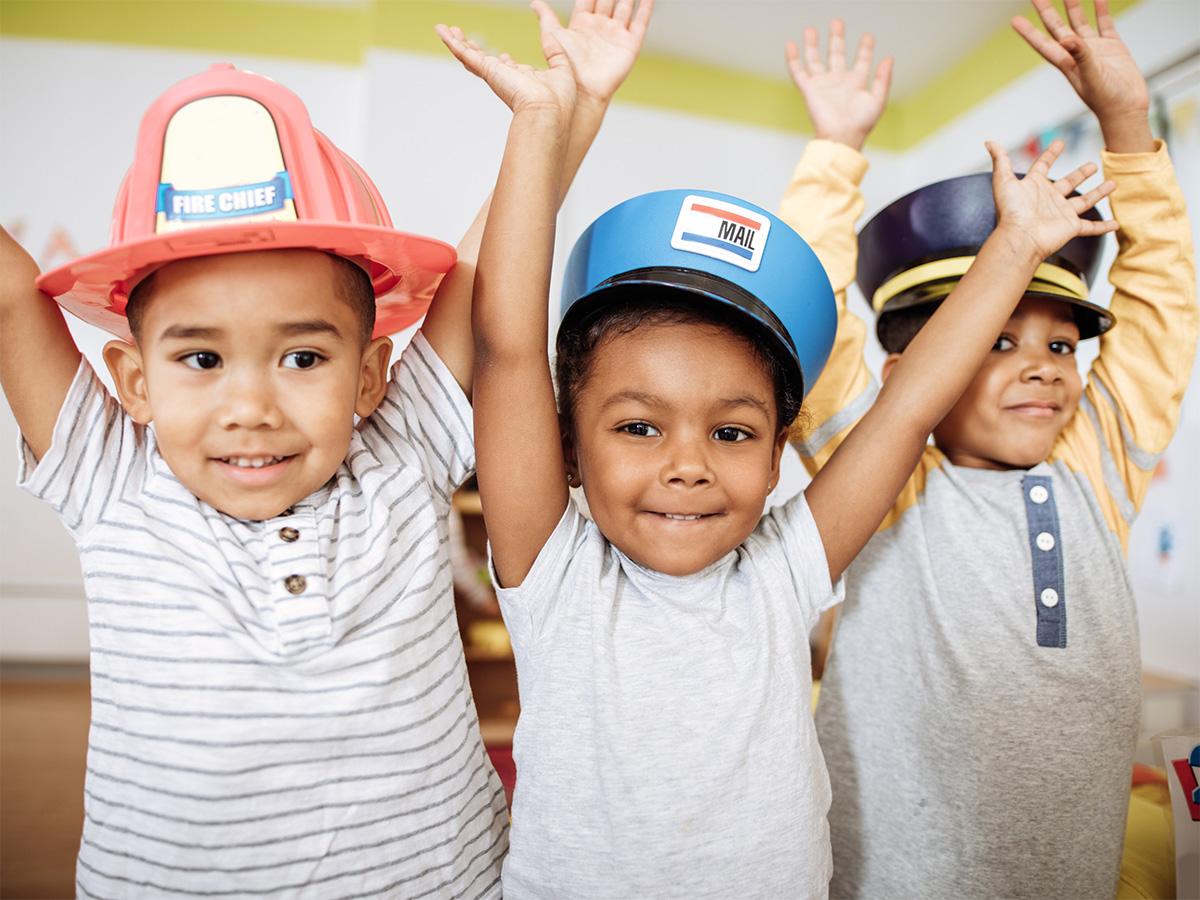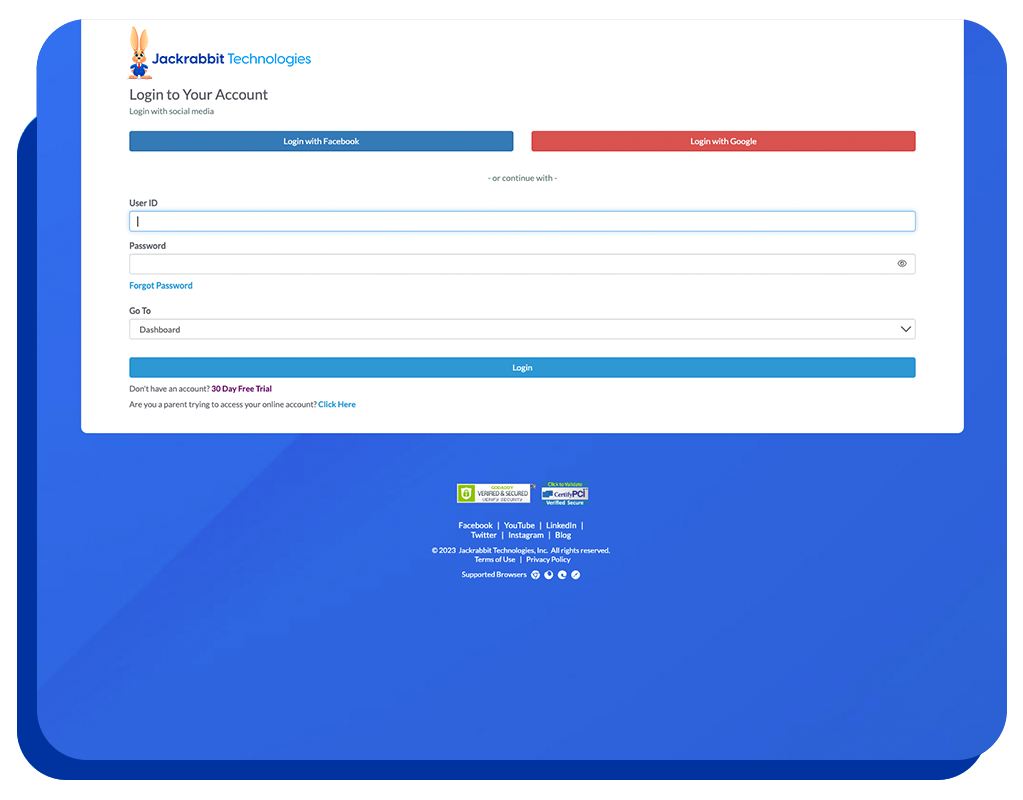Decoding baby signals like smiling, copying adults, eye rubbing and crying, provide the insight that allows you to respond and bond with the baby.
Babies do many things – even though they aren’t talking – that communicate messages to adults. You have to know what to look for and what those cues mean. If you don’t, you may feel frustrated that you don’t really know what he needs or wants. Is he whimpering because he’s getting hungry or has a wet diaper? Or flailing his arms because he wants to be picked up?
Whether you’re a parent or a caregiver, wouldn’t you like to have a better idea of what all of these cues mean?
Parenting Magazine recently shared some information about this in an article by Charlotte Latvala entitled “11 Important Baby Cues.”
Studies suggest that about 90 percent of communication by babies and adults is nonverbal. That’s according to speech-language pathologist Diane Bahr, author of Nobody Ever Told Me (or my Mother) That! These cues cover two categories: Making Faces and Body Talk. When baby is making faces, you may notice little frowns, wrinkled foreheads or smiles that may be easy to miss. Watch closely so you don’t miss their gaze aversion, smiling, copycat. When baby is communicating through body talk, you may notice him making fists as he begins feeding but as he relaxes and his hunger needs are met, his hands relax. Body talk cues include arching the back, rubbing eyes or ears, rooting, startle reflex, hungry cry, pain cry, tired cry, and cooing, babbling and laughing. This article describes each “action” that acts as the cue and pairs that with a “what to do” paragraph that can help in providing the yin to the baby’s yang – communicating the best possible messages back to the baby through your expressions, sounds, movements or touches.
Here is an example of one of the cue explanations per Dr, David Hill, M.D., adjunct assistant professor of pediatrics at University of North Carolina Medical School.
Copycat
We are blueprints for our babies. “Between three and six months, most infants will learn to imitate facial expressions—fear, surprise, sadness,” says Dr. Hill. By nine months, a baby will take in a new situation (i.e. the appearance of a stranger), then look back at her mother’s face. “If the baby sees the parent is also distressed, then her anxiety will increase,” says Dr. Hill. “Usually, the baby will start clinging or crying.”
What to do:
Remember that if you’re feeling stressed, your baby will be too. If it’s a minor case of anxiety, take some deep, cleansing breaths and consciously relax your facial muscles to ease tension. “In many cases, the act of smiling itself is likely to calm you down,” says Dr. Hill. “Follow that with strong, smooth touch such as hugging or patting, to let your baby know everything is okay.” (Of course, if you’re reaching the point of anger or frustration, you should always hand your baby off to someone else. If you’re alone, put him down in a safe place like his crib until you’ve calmed down.)
There is much more in this article. Learn about the other ten cues: what your babies are saying and how you can send a message back to them!

